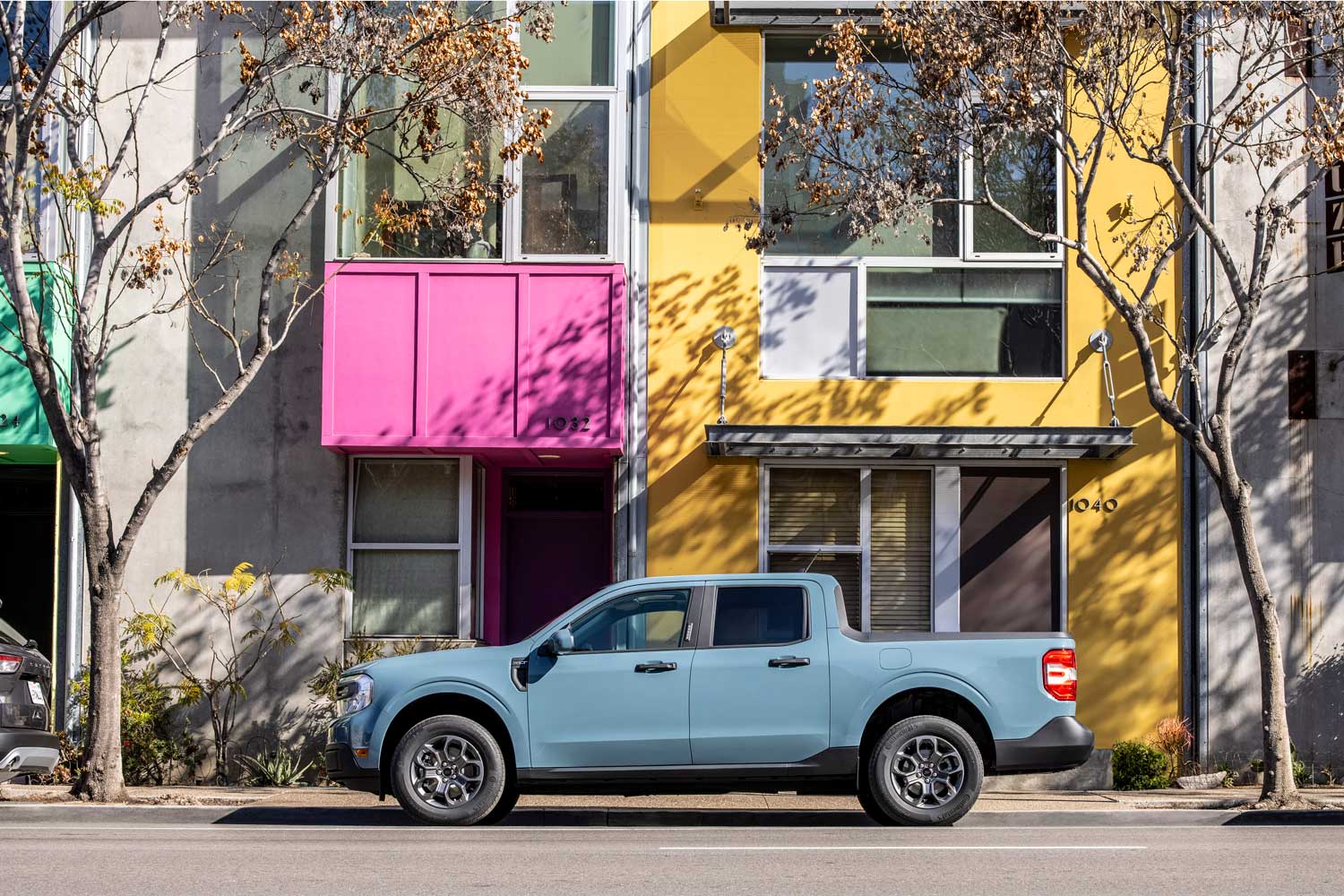Why Buying a Car with Cash Won’t Get You a Better Deal
With low inventories and high consumer demand, it’s getting harder to buy a car with cash only.
 Ford
Ford
Article QuickTakes:
When I began in the car business in the 1990s, most buyers of new and late-model used cars swore by the “20/4/10” rule: a 20% down payment on a car loan, paid off in no more than four years, with a monthly payment that would equal no more than 10% of your take-home pay.
Sadly, today’s car buyers are faced with higher prices, resulting in more extended loan periods, forcing them to abandon this financial rule-of-thumb. And for those trying to avoid higher financing costs by paying for a car in cash only, there are many challenges to overcome in today’s hot vehicle market.
Cars Are More Expensive
A generation ago, the most desirable options in most cars were a CD player, a sunroof, and cruise control. All worthwhile options, but practically stone-age compared to today’s sophisticated infotainment systems and the blizzard of computer chips and sensors used in modern cars, which now add up to a staggering 40% of the developing costs of a new car.
Greater complexity and the rise in commodity prices for all the metals and chips needed to build today’s cars have launched car prices into the stratosphere, with today’s average new vehicle selling for nearly $45,000 versus less than $22,000 in the early 2000s.
For buyers with today's medium income of around $44,000, a 20% down payment on a $25,000 car (that's just over half the average transaction price in July 2022) and a typical 4.85% loan rate for four years means a $460-or-so monthly payment before taxes.
That results in over 30% of a $1,500-or-so take-home salary, far exceeding the old 10% guideline.
Instead of sticking to four-year loans, today’s buyers are spreading the costs of those higher car prices over more extended periods. Over one-third of car loans are now six years or longer, and average monthly payments range from $488 for used cars to $644 for new cars.
Stretching out a $25,000 car loan to 72 months reduces payments to $321 monthly, bringing things to a more palatable 21% share of a median take-home salary.
Complicating things, the rise in prices may also mean less cash on hand for a typical car buyer. Accordingly, a 10% down payment may be the new 20% for some shoppers.
Finance Customers Are the New Kings, Not Cash Buyers
Banks—and the car dealers who accept their loans—make a lot more money with a buyer who finances a larger amount for a longer period versus that “one and done” cash buyer. This difference can yield over $15,000 in potential profit, which dealers often get a portion of thanks to sales incentives.
Low Inventory Levels Means Fewer Cash Buying Opportunities
Fewer than a million new cars were available on sale across the country in May 2022. Some of the more popular vehicles—from the Tesla Model Y to the Ford Maverick—can no longer be ordered for the remainder of 2022 due to the chip shortage. That short supply has fed rising car prices. With fewer cars and trucks to sell and expenses remaining fixed for most car dealers, the profit per car has now passed $5,000 in 2022 compared to just over $2,100 in 2021.
That means the finance customer, who is usually more lucrative to serve than the cash buyer, will be a dealer’s preferred customer. You can buy a car for cash. But all things being equal, you’re now going to be paying a higher purchase price for that privilege, and you shouldn’t expect dealers to give you a break on the price because you can pay all at once. They’d probably rather have the long-term monthly payments and profit from a loan.
If you want to buy a car cash, you could consider waiting for the market to change, or invest in the spread between your loan rate and the risk-free return from an inflation-indexed i-bond with the U.S. Treasury, which currently stands at 9.62%.



